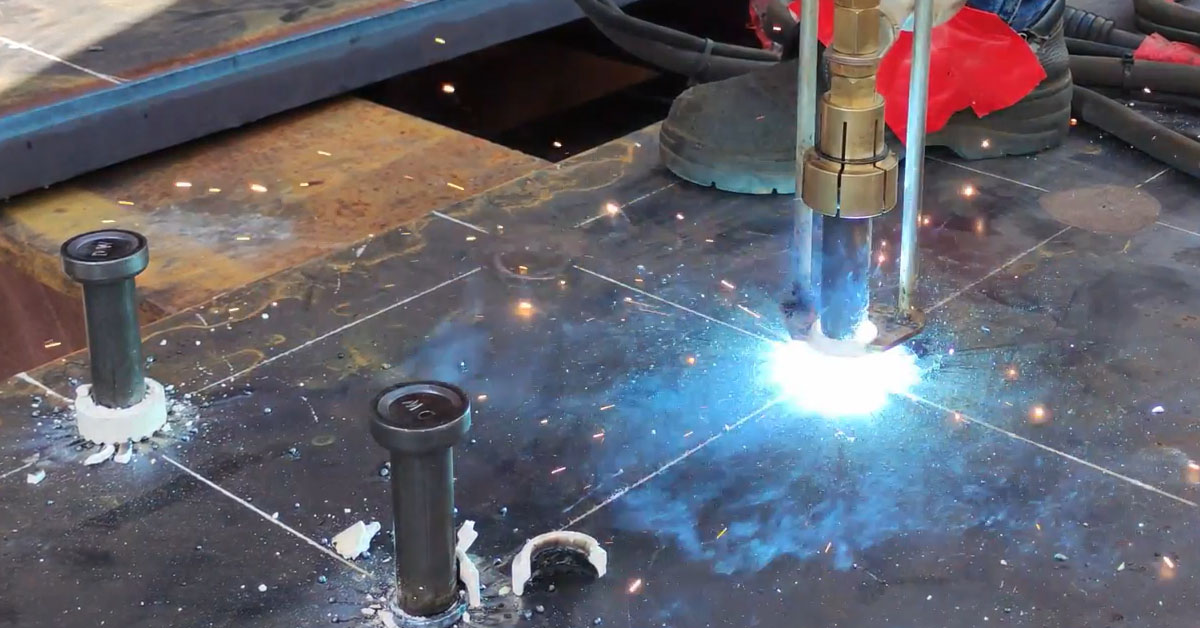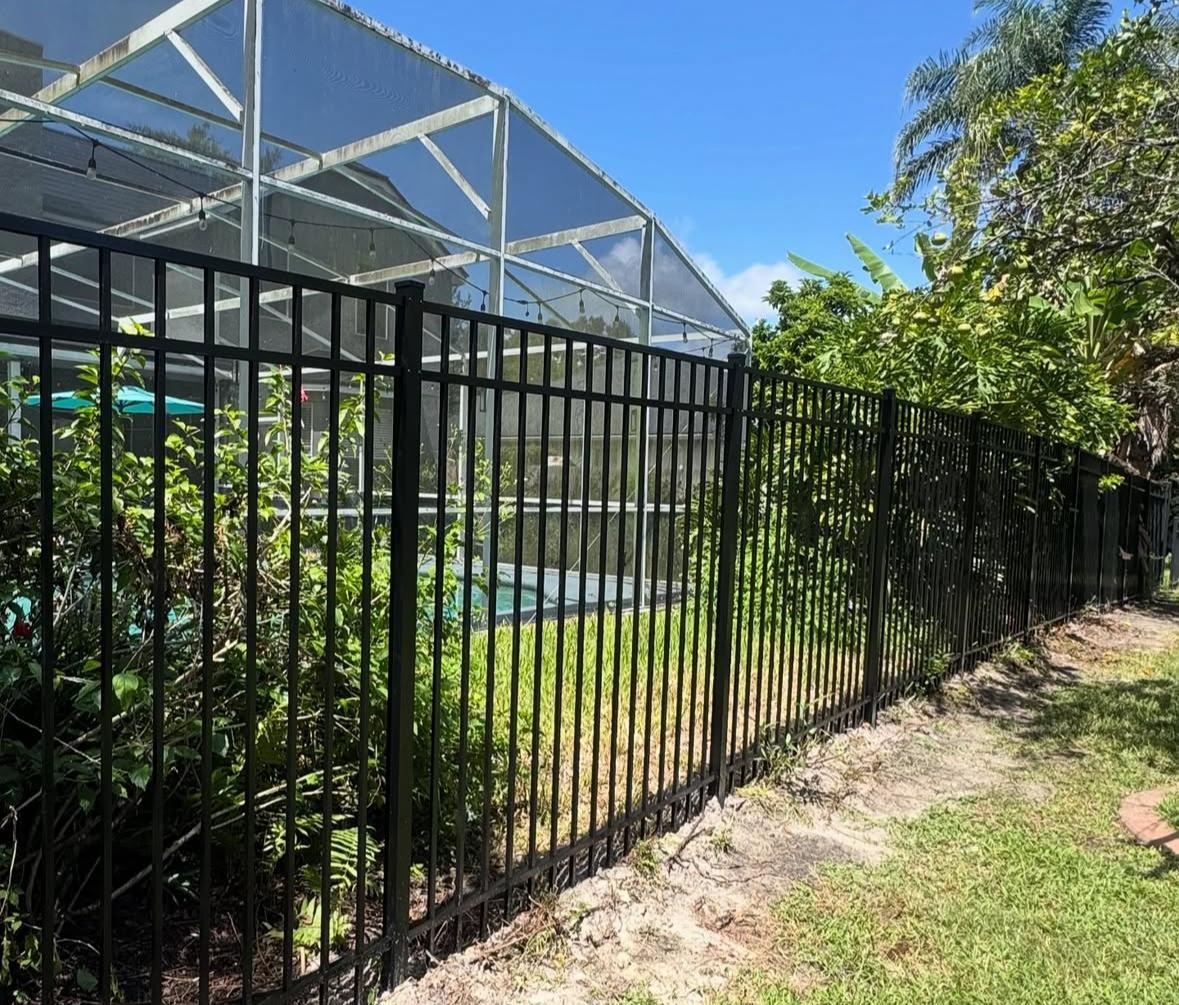Welding is crucial in modern manufacturing, creating durable bonds between metals. However, not all welding methods work the same way, and some offer unique advantages over traditional techniques. Have you ever wondered what makes certain materials more compatible with specific processes? The ability to join different surfaces depends on conductivity, composition, and heat resistance.
A stud welder is a specialized tool designed to fuse fasteners to metal surfaces without drilling holes. This process is widely used in industries where precision and strength are vital. However, not all metals respond to this method in the same way. In the following sections, we’ll explore which materials work best with this welding method and why.
Carbon Steel
Carbon steel, one of the most widely used metals in fabrication, is highly compatible with this welding method. Its predictable melting point and strong adhesion properties make it ideal for various applications. This material is commonly found in construction, automotive manufacturing, and heavy machinery production.
Low-carbon varieties work particularly well, offering excellent weldability and minimal risk of cracking. Higher-carbon options require additional precautions, such as preheating, to prevent brittleness. Regardless of the specific grade, this metal remains a top choice due to its durability and cost-effectiveness.
Stainless Steel
Stainless steel is the preferred material when resistance to rust and environmental damage is essential. Its unique alloy composition includes chromium, which creates a protective oxide layer on the surface. This characteristic ensures long-term performance, making it ideal for marine, medical, and food-processing industries.
Because of its thermal expansion properties, welding stainless steel requires careful heat control. Overheating can cause warping or distortion, affecting the integrity of the final product. Choosing the correct fastener type and controlling heat input results in strong, reliable welds.
Aluminum
Due to their strength-to-weight ratio, lightweight metals have become increasingly popular in aerospace and transportation. Aluminum is a prime example, offering durability without excessive bulk. However, welding this material requires specialized techniques, as it has a lower melting point and higher thermal conductivity.
Without proper heat distribution, aluminum can suffer from burn-through or weak fusion. Professionals use capacitive discharge methods that minimize heat exposure to avoid these issues. With the right approach, this metal performs exceptionally well in applications demanding weight reduction and corrosion resistance.
Copper and Its Alloys
Copper and its related alloys, such as brass and bronze, present unique challenges when using this fastening method. Their excellent electrical and thermal conductivity makes them valuable in electrical and plumbing applications. However, these properties require precise heat control to prevent excessive spreading or weak bonds.
Experts use short-duration welding techniques that limit heat input to achieve optimal results. This prevents overheating, weakening the material’s structure, or altering its appearance. Properly welded copper components maintain conductivity, making them ideal for electrical grounding and industrial fixtures.
Titanium
Titanium is favored in aerospace, medical implants, and high-performance industries where strength and corrosion resistance matter most. Its ability to withstand extreme conditions makes it indispensable in demanding environments. However, working with this metal requires strict control over oxygen exposure to prevent contamination.
Because titanium reacts with air at high temperatures, welding requires a controlled atmosphere or inert gas shielding. This ensures a flawless bond, free from oxidation or structural weaknesses. While challenging, this material remains a go-to choice for high-tech applications. A stud welder can effectively join various metals, from standard carbon steel to high-performance titanium. Each material presents unique challenges, requiring specific techniques to achieve strong, lasting bonds. Selecting the right approach ensures durability, safety, and optimal performance for any application. With the right expertise, this welding method remains a reliable solution for industries worldwide.





